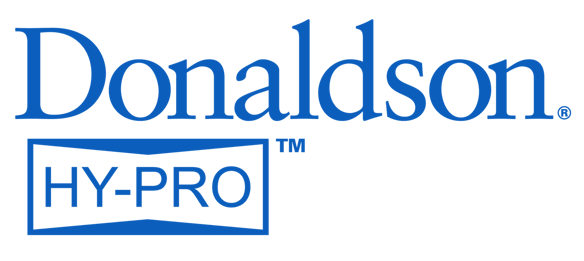EHC Phosphate Ester Fluid Maintenance Soutions
Steam turbine EHC systems typically utilize fire resistant phosphate ester fluids which can present certain contamination challenges resulting in servo valve failure or premature fluid replacement. However, when properly maintained phosphate ester fluids not only provide the safety of fire resistance and years of reliable EHC system operation free of contamination related servo valve failures and indefinite fluid life. Hy-Pro has the full solution for phosphate ester to properly manage and eliminate problems with acid production, water contamination, dissolved metals, sub-micron products of thermal degradation, dark fluid, sludge and deposits and particulate contamination.
Learn more: Phosphate Ester Fluid Solutions, ICB, TMR, ECR, NSD, Dynafuzz















